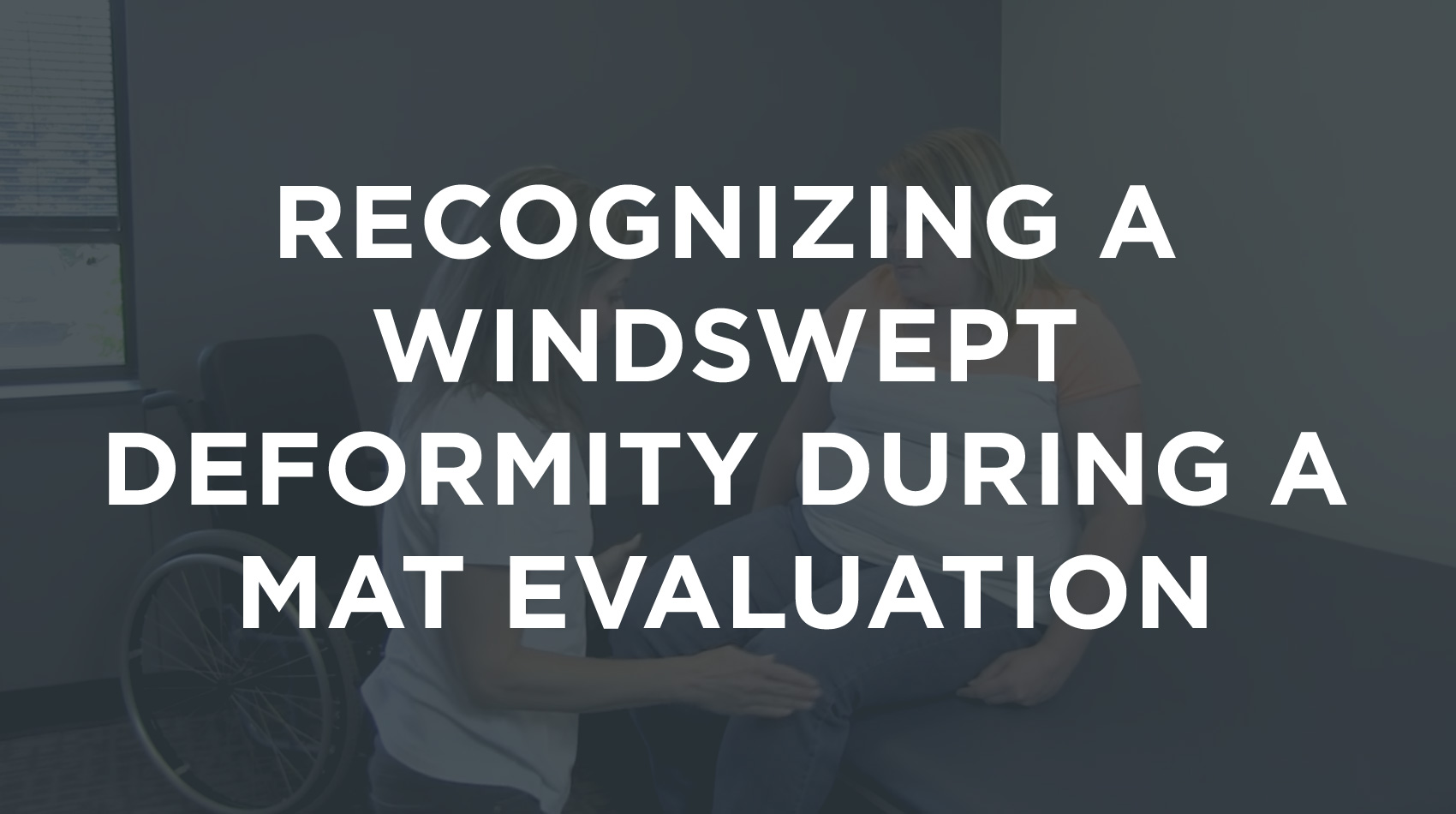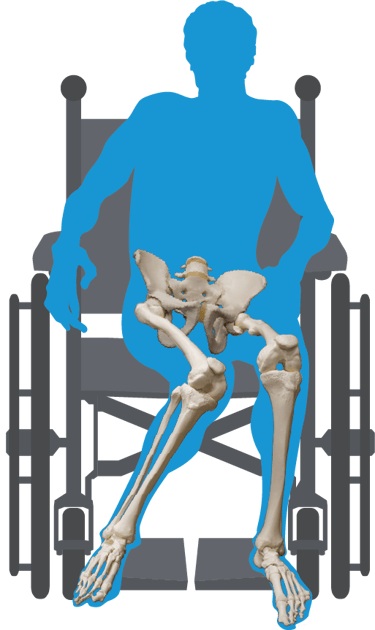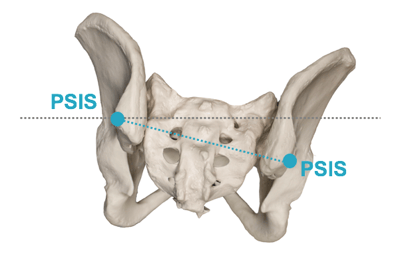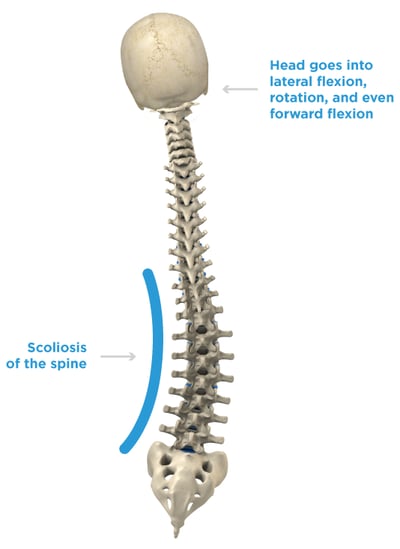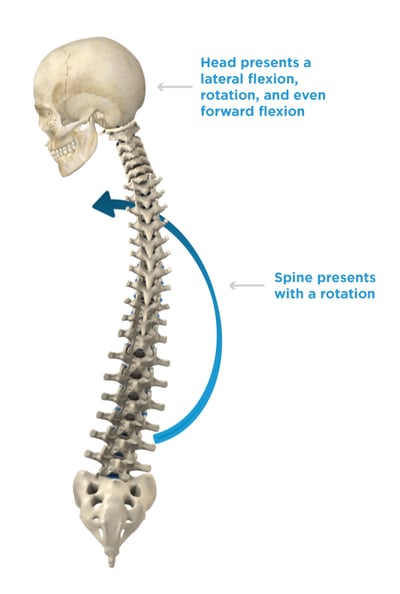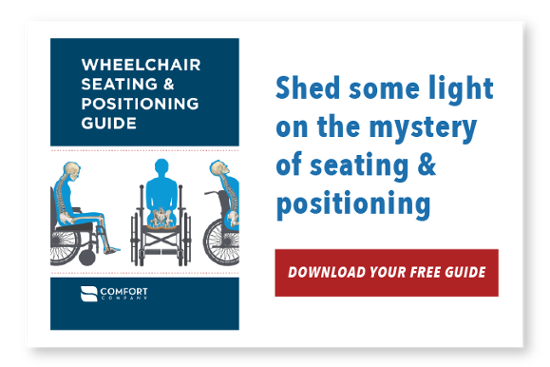Transcript (edited for clarity):
Another abnormal posture that you might see is called a windswept posture. This is usually a combination of a pelvic obliquity and a rotation. Usually you’ll see this is someone has had a hip dislocation or disarticulation or even post surgeries. The tendency is for one side, one leg to rotate inward, so you have inward rotation on one side and external rotation on the other side.
Now we’ve got Jamie in a windswept posture here, what I’m going to do again is palpate the ASIS. Let’s see what the pelvis is doing; she’s got some major rotation. You can see that the right is farther back than the left but you can also see a bit of an obliquity with the right side being lower than the left side. She’s definitely in the windswept posture.
If you look at her spine, again she’s got some rotation so she’s turning towards her left but she also has some curvature there as well. If we look at the head, she’s trying to compensate for that and trying to balance herself so her head is going in the opposite direction.

Ana Endsjo, MOTR/L, CLT
Clinical Education Manager LTC Division
Ana Endsjo has worked as an occupational therapist since 2001 in a variety of treatment settings. She has mainly worked with the geriatric population, dedicated to the betterment of the treatment of the elderly in LTC centers. Her focus has been on seating and positioning and contracture management of the nursing home resident. With this experience, her hope is to guide other therapists, rehab directors, nurses, and administrators through educational guides, blogs, webinars, and live courses in her role as Clinical Education Manager for the long term care division.
